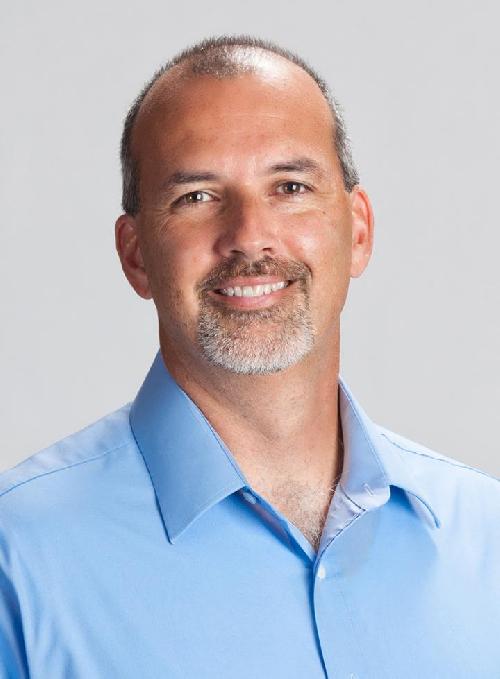JUPITER, FL - Nov. 3, 2015 - A team led by scientists from the Florida campus of The Scripps Research Institute (TSRI) and the University of Pittsburgh has shown for the first time how one set of specialized cells survives under stress by manipulating the behavior of key immune system cells.
The new study, published recently in the journal Nature Communications, involved mesenchymal stem cells -- which live in bone marrow and can differentiate into several different cell types used in bone and connective tissue -- and macrophages -- immune cells that usually respond to infectious agents or damaged cells by engulfing and devouring them.
"This is the first time anyone has shown how mesenchymal stem cells provide for their own survival by recruiting and then suppressing normal macrophage activity," said TSRI Professor Donald G. Phinney, who led the study with University of Pittsburgh Associate Professor Luis A. Ortiz. "This finally puts the crosstalk between these cells into the context of cell survival."
 Donald G. Phinney is a professor at the Florida campus of The Scripps Research Institute. Credit: The Scripps Research Institute
Donald G. Phinney is a professor at the Florida campus of The Scripps Research Institute. Credit: The Scripps Research Institute
The team's experiments showed that, like all other cells, mesenchymal stem cells experience stress due to tissue injury and inflammation. When this stress results in damage to the mitochondria (the power houses of the cell), the mesenchymal stem cells recruit the immune system's macrophages -- but in an unusual way.
By reengineering macrophage action with secreted microRNA, the stem cells protect themselves from being targeted and instead package their damaged mitochondria into small sacs known as vesicles and send them out to be engulfed by the macrophage.
Once macrophages subsume the damaged mitochondria, the macrophages are able to repurpose the mitochondria for their own use, replenishing their own energy supplies. Blocking the exchange of damaged mitochondrial to macrophages causes death of the stem cells. Therefore, the process is mutually beneficial.
"It's a transient phenomenon, which then allows the macrophages to use the mitochondria for their own survival needs," Phinney said. "All cells want to survive; that's what they do."
source: Scripps Research Institute